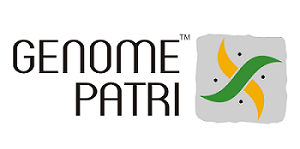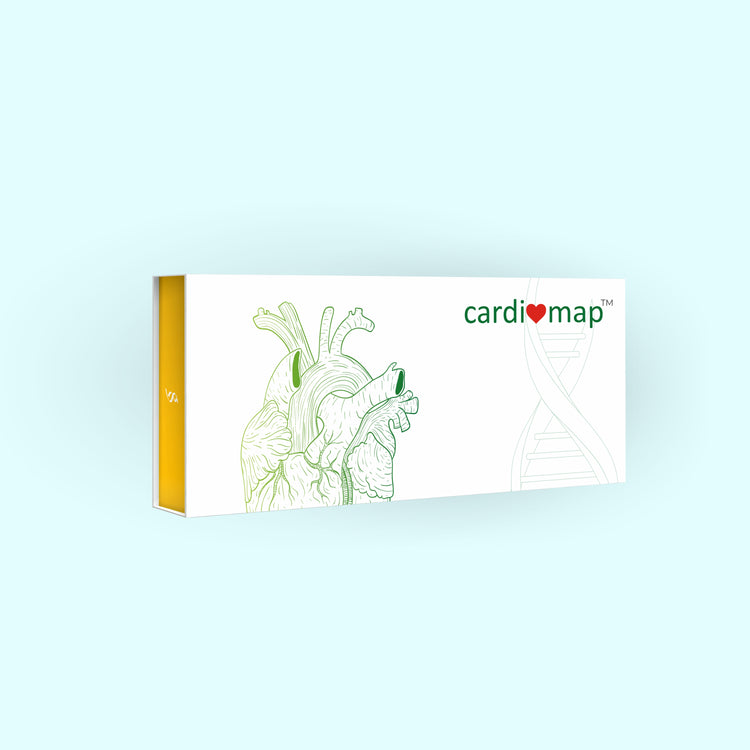World Heart Day: Keeping CVD at Bay : The Heart of the Matter
Sep 29, 2020
18183 Views
Heart is one organ that beats tirelessly, day in and day out, literally keeping us alive! Without us realizing, ‘heart’ features in our daily conversations and holds a very special place for all of us, both literally and figuratively.
We live in frenetic times. Most of us live lives that are burdened with stress. Add to it unhealthy dietary habits, sedentary lifestyle bad lifestyle choices that include smoking and alcohol consumption and you have a recipe for heart disaster. With the pressure to perform and excel, it is often difficult for most to follow a healthy lifestyle to ensure a healthy heart. According to the World Health Organization, cardiovascular diseases (CVD) are the leading cause of deaths all over the world.
In view of all this, it is of great importance that knowledge and information about ways to a healthy heart be spread across the globe. World Heart Day endeavours to increase awareness regarding the growing concerns of various risk factors for CVD and ways and means to combat them.
What are Cardiovascular Diseases?
CVD is an umbrella term for a group of heart and blood vessels- related diseases. They are categorised into two groups based on diseases of the heart and the blood vessels as follows:
Cardiac diseases: Diseases pertaining to the heart that may involve irregularities in the heartbeat, rhythm, problems with the structure and function of the heart and the arteries and valves of the organ. They include the likes of
- Angina: Chest pain caused due to insufficient supply of blood to the heart.
- Arrhythmia: A broad term to describe irregular heartbeat or rhythm. For example, atrial fibrillation is a type of arrhythmia, characterised by a ‘flutter’.
- Congenital heart disease: A defect in the structure or function of the heart, present right from birth.
- Coronary artery disease (CAD): The coronary arteries (they supply blood to the heart) undergo narrowing due to deposition of cholesterol on the walls, leading to heart attack or chest pain.
- Dilated cardiomyopathy: It develops when the left ventricle of the heart enlarges and weakens, hindering the normal blood pumping mechanism of the heart.
- Hypertrophic cardiomyopathy: Categorised as a rare condition, in hypertrophic cardiomyopathy, the heart muscle cells are malformed and some parts of the heart are thicker than the other, thus upsetting the flow of blood into the heart.
- Heart attack: It is caused due to blockage of the coronary artery, leading to death of the heart muscle.
- Heart failure: It differs from a heart attack; heart cannot pump blood
- Mitral regurgitation
- Mitral valve prolapse
- Pulmonary stenosis
- Rheumatic Heart Disease
Diseases relating to the blood vessels include aneurysm, atherosclerosis, renal artery disease, Raynaud’s disease, peripheral arterial disease, peripheral venous disease, venous blood clots, stroke and Buerger’s disease.
What are the symptoms of CVD?
With so many types of CVD, the signs and symptoms are varied and depend upon the specific type of CVD. Depending on the type of CVD you have or are likely to experience, signs like pain or pressure in the chest, numbness in leg, arm, left shoulder, nausea, fatigue, shortness of breath, feeling light- headed or cold sweats will appear. Symptoms are very specific to an individual and may vary between two people experiencing the same disease.

What are the risk factors involved in CVD events?
Major risk factors leading to such conditions include, but are not limited to, unhealthy dietary choices, lack of physical activity, high blood pressure, high cholesterol, diabetes, family history of heart disease, obesity, age, habits like smoking and alcohol and even tobacco usage. As if this was not enough, other factors like urbanization, globalization, hereditary factors and poverty are contributing to CVD instances among the populations.
Can CVD be prevented?
An individual can certainly reduce the risks of CVD by controlling the risk factors. Some of these factors are a part of our lifestyle choices and include, for example, smoking, choice of diet, physical activity, stress, obesity uncontrolled cholesterol and blood pressure. Opting for a better, vibrant and healthy way of life by keeping a balance between diet and exercise, along with a check on stress levels and quitting the dangerous habit of smoking is sure to keep your heart hale and hearty!
Prevalence of CVD
2015 saw about 17.7 million deaths due to CVD. Of these, CAD claimed approximately 7.4 million lives and stroke, another 6.7 million lives. CVD is an economic burden on the developing countries and hence, at least three- fourth of these deaths that occur every year are people from these countries [1]. Early diagnosis and affordable treatment in developing nations is not accessible to all the citizens and hence a higher number of people go without proper diagnosis and care.

World Heart Day – What is it?
World Heart Day was commemorated in 1999 by the World Heart Federation (WHF). It is celebrated on 29th September every year. This day aims to inform people across the globe that CVD is still the leading cause of death on the global front. It also emphasizes on methods that can be taken to lower the risks or prevent CVD. Professionals all around the world, in collaboration with local organizations educate masses on the implications a healthy lifestyle can have on decrease of CVD.
Every year, this Day is celebrated according to a theme. The theme for the year 2017 is ‘Share the Power’. The WHF encourages you to share your stories on how ‘you power your heart and inspire millions of people around the world to be heart healthy’. Government and non-governmental organizations arrange for fun activities like marathons, talks, seminars, concerts and sports to raise awareness.
The WHF is known to organize such events in more than 100 countries and include activities like health check- ups, exhibitions, science forums across these countries.
Conclusion
It ought to be our moral obligation towards each other that we inform and educate as many people as we can about CVD and the set of complications that piggyback them as major risk factors like stress, habits and “convenience foods” (read “fast foods”) are only going to increase in the coming years. We cannot be sure of what our future holds for us, but we can surely reduce the damaging effects our fast-paced lifestyles have had on us for all these years and lead a complete life. Small, sure and confident steps towards a larger goal are sure to give you immense success.
Preventive wellness is important
Proactive health care via regular screening may help answer the most obvious (and difficult) question of all – “How can one reduce, if not eliminate altogether, risk for cardiac issues?” The answer is multi-dimensional, since cardiovascular disease is linked with many biological mechanisms. A healthy individual can ensure that he or she delays the onset of symptoms, by identifying risk factors such as elevated triglycerides, obesity, etc. Medical experts also agree that it helps to stay informed about inheritance/health patterns in one’s family, that could potentially expose them to a greater risk. Certain cardiac anomalies may be inherited (genetic transmission) and can be detected in asymptomatic individuals via molecular tests which include, but are not limited to, DNA analysis. Complex disorders like coronary artery disease stem from a mix of lifestyle AND genetic factors, and need a more holistic approach to assess one’s lifetime risk for developing the condition. Mapmygenome offers a wide range of tests for predictive risk analysis and clinical diagnosis. For more information, pls write to info@mapmygenome.in , or just give us a call at 1800-102-4595 (Toll free).
References:


